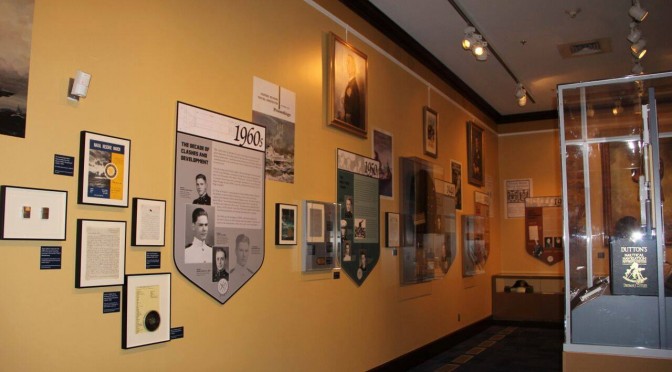 Our cadre of hosts: Matthew Hipple, Natalie Sahmbi, Alex Clarke – and now Matthew Merighi, discuss everything – from China to personal life. This is an update or sorts, or an introduction, for those who haven’t been with us from the beginning, or those who want to know what comes next.
Our cadre of hosts: Matthew Hipple, Natalie Sahmbi, Alex Clarke – and now Matthew Merighi, discuss everything – from China to personal life. This is an update or sorts, or an introduction, for those who haven’t been with us from the beginning, or those who want to know what comes next.
Category Archives: Podcast
Main podcast series of CIMSEC.
Sea Control 95 – The Baltics and Russia
Sea Control 94 – The Athena Project
 We discuss the Athena Project, a naval innovation competition started on the USS BENFOLD in 2013 by Dave Nobles – our guest today. This podcast is meant to help set the stage for our Athena East Oct 2nd innovation competition in Norfolk.
We discuss the Athena Project, a naval innovation competition started on the USS BENFOLD in 2013 by Dave Nobles – our guest today. This podcast is meant to help set the stage for our Athena East Oct 2nd innovation competition in Norfolk.
Music by: Sam LaGrone
Sea Control 93 – Warrior Writers with Claude Berube
 We discuss the Warrior Writers exhibit at the USNA Museum with Director Claude Berube. We also take some time out to discuss his new book, Syren’s Song – second in the Connor Stark Series.
We discuss the Warrior Writers exhibit at the USNA Museum with Director Claude Berube. We also take some time out to discuss his new book, Syren’s Song – second in the Connor Stark Series.
CIMSEC content is and always will be free; consider a voluntary monthly donation to offset our operational costs. As always, it is your support and patronage that have allowed us to build this community – and we are incredibly grateful.




